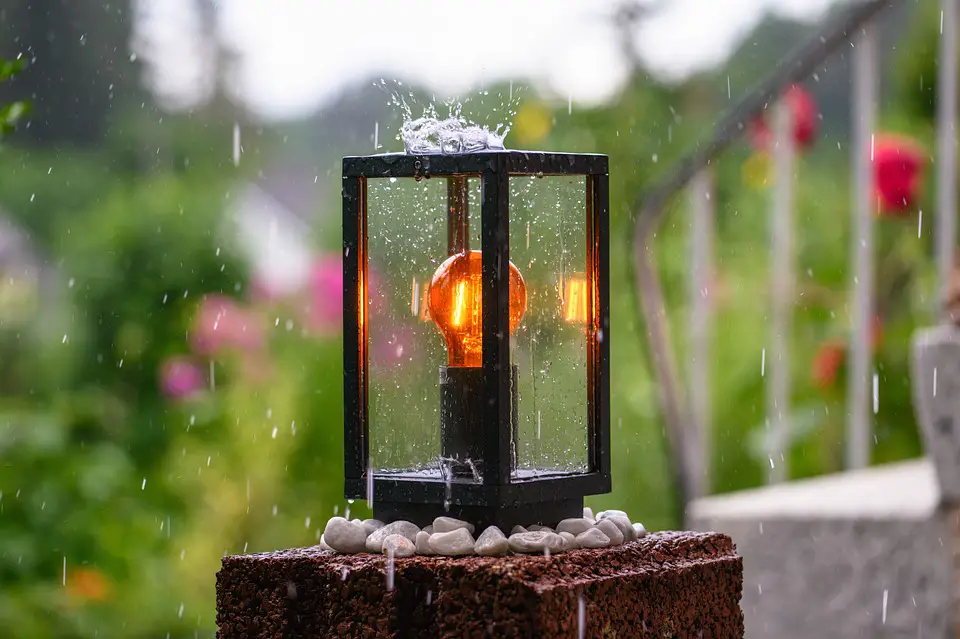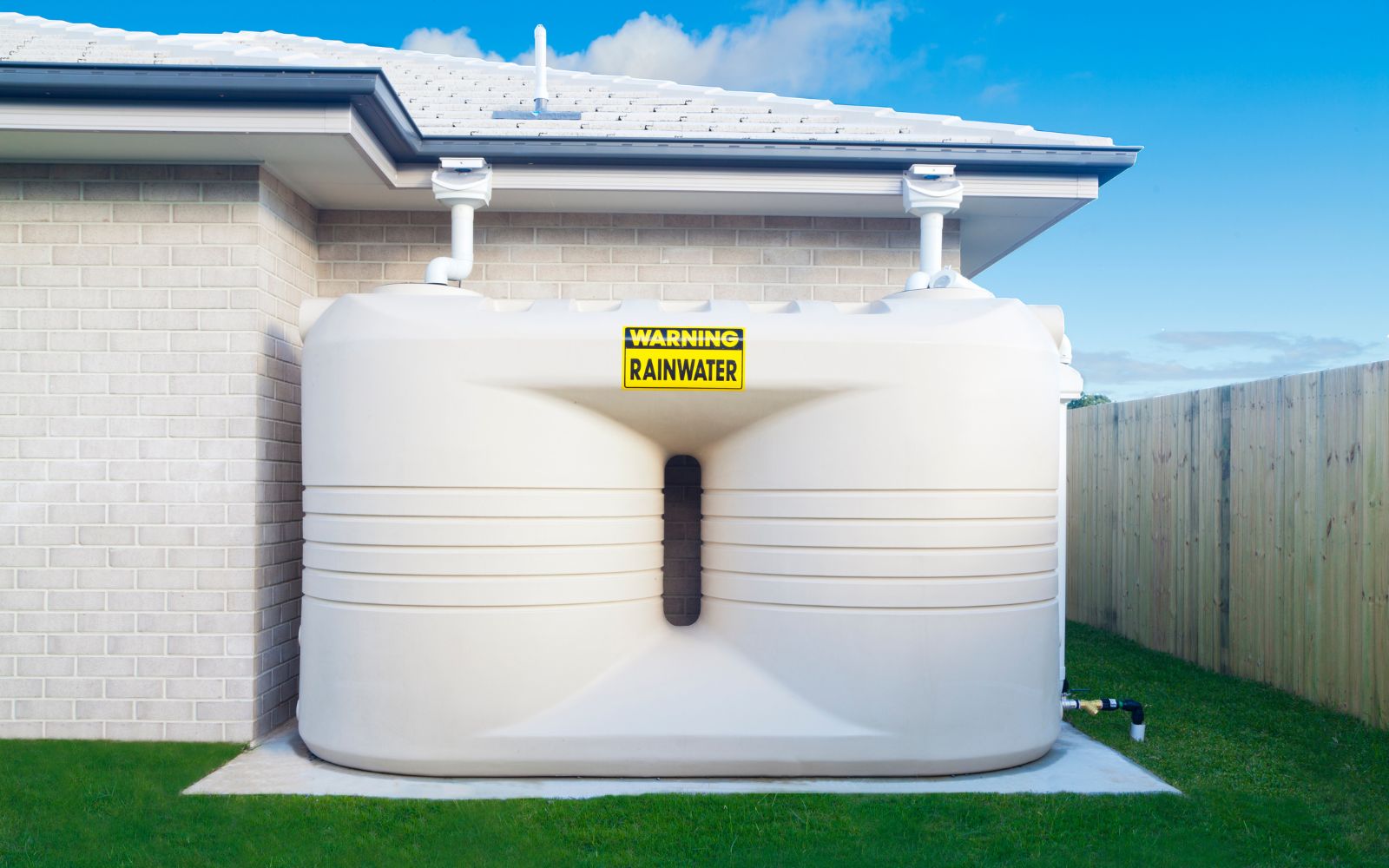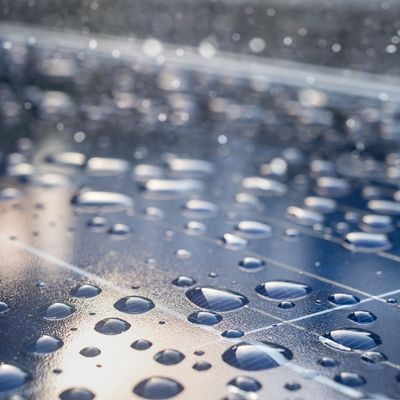
Rain energy could become an emerging renewable fuel source
February 20, 2020This electricity generation method has been gaining traction over the years and is starting to take off.
Rain energy hasn’t been taken nearly as seriously as other forms of renewable electricity generation such as solar, wind and tidal. However, that trend is starting to change as scientists examine the way power could be harnessed from this natural resource.
Water falling from the sky has considerable potential for electricity production.
Rain energy production involves harnessing the kinetic energy from falling raindrops so that it can be converted into usable electric energy. The idea behind this concept is that surface charge builds on a device as it is struck by the falling raindrops. That surface charge is then discharged as the water spreads and connects two electrodes.
This often ignored power generation technique has considerable potential in parts of the world that see considerable rainfall every year. Attempts toward harnessing rain energy are already underway. Some of the most recent breakthroughs in this area have occurred in the United States and Hong Kong.
Researchers from those countries have managed to generate 140 volts (according to the original research paper) from a single raindrop. That is enough power to light 100 LED lights for a few moments.

While this concept is far from new, prior efforts to generate electricity using rainfall have produced limited results. This is primarily the result of the restrictions of the technology and materials that were used in the effort.
Generating rain energy has traditionally been a matter of using the triboelectric effect.
The triboelectric effect occurs when certain materials come in contact with each other, generate an electric charge, and are then separated. It is a type of static, low-charge electricity. Though the premise behind this method is a solid one, the technology and materials used to put it into action have had substantial limitations that have held back its viability.
That said, the research team behind the latest form of raindrop electricity generation has moved the limits farther away. The team is composed of researchers from the University of Nebraska-Lincoln and from City University in Hong Kong. They worked in partnership for two years, examining and developing the energy density of what they refer to as a droplet electricity generator (DEG).
They used field-effect transistor designs to create the power generator. These are three-terminal devices that control electric current flow by way of an electric field. That design spiked the DEG energy density by 50 Watts per square meter. That represents several thousand times more electricity generation than other forms of rain energy power technology.

Most Popular Questions with Answers On Rain Energy:
1. What’s the scientific name for the kind of energy that rain has? Answer: The scientific name for the kind of energy that rain has is kinetic energy. Kinetic energy is the energy of motion. When the water droplets in rain fall, they gain kinetic energy from their downward motion. This kinetic energy is what causes them to heat up and eventually evaporate.
2. Could we use rain energy to power our homes one day? Yes, rain energy can be used to power our homes. The type of energy that is present when it rains falls is called hydraulic energy. This type of energy is created by the force of moving water and can be harnessed to do work, like powering a turbine. In fact, many homes already have rainwater harvesting systems in place. These systems collect rainwater from the roof and store it in tanks for later use. The water can then be used to flush toilets, water plants, or even wash cars.
3. Is there a way to store rain energy so that we can use it later? There is no way to store the type of energy that rain falls as of today. However, depending on the type of energy, rain can be a great resource. For example, if it is a thunderstorm and there is lightning, the electricity produced can be captured and stored. Similarly, when it rains heavily, the water can be collected and used as a resource for things like irrigation or hydro-power.
4. Has anyone ever tried to harness the power of rain before? Some people have even tried to use the power of rain to generate electricity. One example of this is a new device which has been developed to improve on the efficiency of solar panels. The prototype is able to generate an electric current when raindrops hit its layers and then roll off, the friction generated an electrical charge!
So there’s no doubt that rain possesses a lot of potential energy that could be harnessed to power our homes. It’s just a matter of designing and building the right systems to do so. And given how much rain we get in some parts of the world, it’s definitely worth exploring



 HFN News is your leading source for fresh hydrogen and renewable energy updates. Amid the fast-paced growth of hydrogen companies, we provide top-notch news and insights about this exciting sector. Our coverage spans from hydrogen cars to global sustainable initiatives, and we highlight the latest in green jobs and developing hydrogen hubs. We invite you to share your local hydrogen news and explore today’s renewable energy job listings on our site. Thanks for choosing HFN News as your trusted guide to the hydrogen and renewable energy world!
HFN News is your leading source for fresh hydrogen and renewable energy updates. Amid the fast-paced growth of hydrogen companies, we provide top-notch news and insights about this exciting sector. Our coverage spans from hydrogen cars to global sustainable initiatives, and we highlight the latest in green jobs and developing hydrogen hubs. We invite you to share your local hydrogen news and explore today’s renewable energy job listings on our site. Thanks for choosing HFN News as your trusted guide to the hydrogen and renewable energy world!